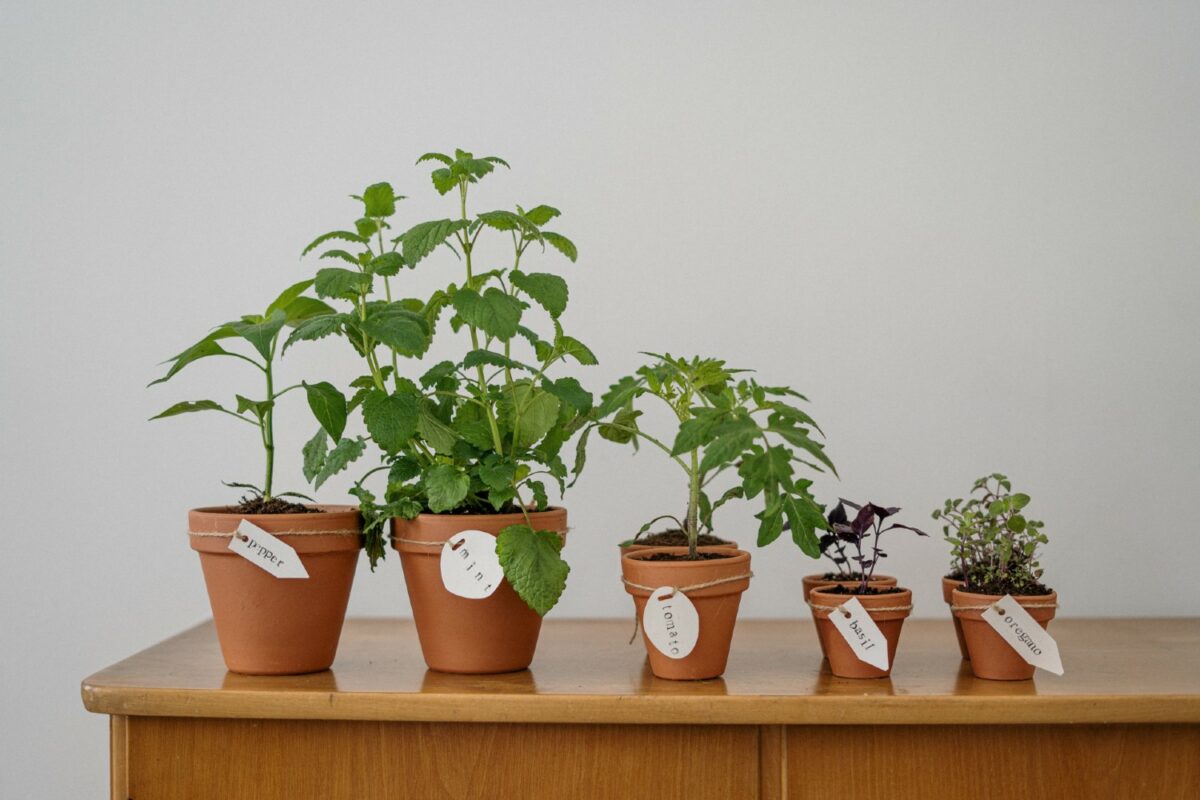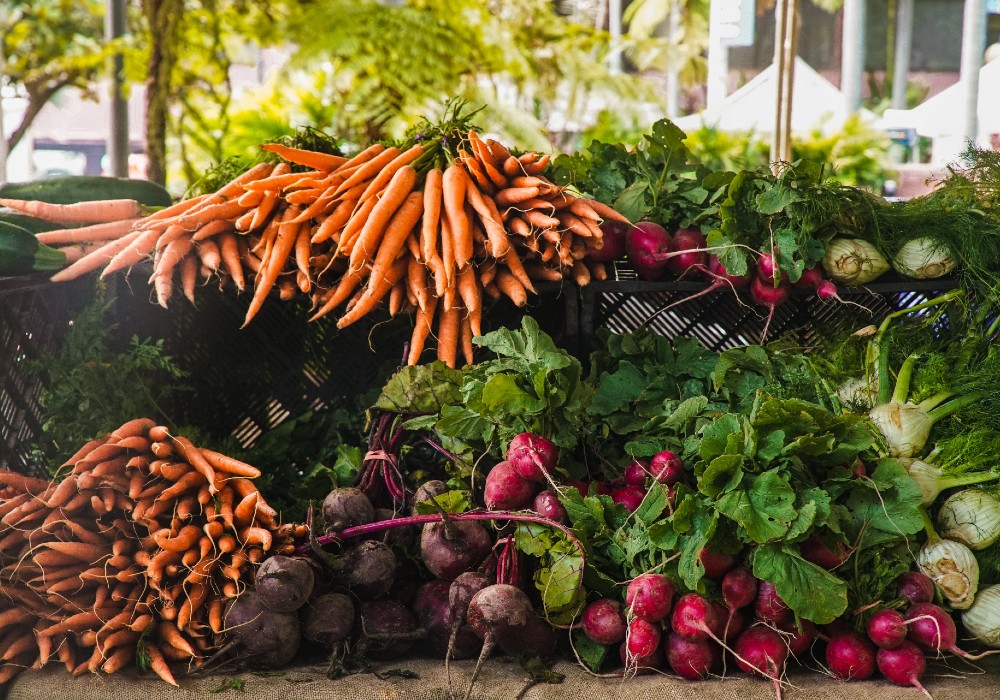How to embrace a more sustainable lifestyle starting from today in 8 steps
Your comprehensive guide to sustainable living

Key Takeaways from this article
- Mindful shopping choices are more than just personal decisions, they are significant steps towards mitigating environmental harm.
- By adopting greener practices in our homes, we not only create healthier living spaces but also contribute to the well-being of our planet.
- Embracing environmentally friendly daily habits can lead to substantial impacts on conserving our natural resources and promoting sustainability.
In an era where our planet cries for urgent attention, it becomes absolutely crucial that we rise up to the challenge. Shifting towards a sustainable lifestyle isn’t just a mere choice but a necessary response. This article will journey you through eight effective steps to adopt a more sustainable lifestyle, focusing on how your actions can impact our world positively.
Each step is a testament to the power of individual actions and their collective impact on our world, underlining the fact that a sustainable future starts with us.
Reimagine consumption: the power of the green consumer
Embarking on a sustainable lifestyle means rethinking our consumption habits. Research indicates that practicing mindful consumption not only contributes to economic growth in sustainable sectors but also enriches our own well-being.[1]
- Rethink before you buy: Every item you buy leaves an environmental mark. Therefore, it’s crucial to assess whether you genuinely need an item before buying it. Choose quality over quantity to reduce waste and opt for environmentally friendly products. This approach involves making thoughtful decisions that not only protect the environment but also save you money in the long run.
- Invest in sustainable clothing: The fashion industry contributes 10% of human-caused greenhouse gas emissions. Choosing sustainable clothing can significantly reduce this impact and promote fair working conditions, creating a positive ripple effect.[2]
Greening your Home: eco-friendly practices for daily living
Stepping into a greener way of living requires us to make a conscious shift in our daily actions. Here are some viable strategies to infuse sustainability into your home environment.
- Eco-Friendly light bulbs: Opting for eco-friendly light bulbs, such as energy-efficient LEDs, not only conserves energy usage but also decreases our carbon footprint and minimizes waste caused by frequent replacements. By embracing these, we can reduce energy consumption by up to 80%.[3]
- Opt for restoring instead of discarding: Each year, in the US alone, more than 12 million tons of furniture are discarded, creating a huge amount of waste that has grown 450% since 1960. By simply restoring or reusing old furniture we can prevent it from ending up in a landfill. What’s more, here is something that you may not know: furniture restoration is cost-effective. Repairing a damaged piece of furniture is usually cheaper than buying a new one.[4]

Practice What You Preach: daily practices for a sustainable lifestyle
The path to sustainability doesn’t stop at our doorstep; it extends into our communities, shaping our interaction with local businesses and our commitment to environmental consciousness.
- Reconsider your plate: The undeniable impact of the meat industry on greenhouse gas emissions calls for a thoughtful shift. Embracing a plant-based diet or simply reducing meat consumption can significantly lighten our environmental footprint. And if meat is your preference, choosing locally sourced options is a smart move. It’s not just about food miles; it’s about clarity in animal-rearing practices and bolstering local farmers who often deliver fresher, sustainable, and tastier choices. Every meal becomes a chance to nurture our planet and support community-based sustainability.
- Embrace waste wisdom: The power of recycling and composting extends beyond reducing landfill waste. These practices contribute to lowering harmful emissions and enhancing soil health, creating a positive ripple effect for our environment.[5]
- Champion local goods: When we choose to buy locally, we’re not only supporting our local economy but we’re also reducing the carbon footprint associated with long-distance goods transportation. It’s a simple choice with a far-reaching impact.[6]
- Share the sustainability spirit: Environmental education is crucial as it helps individuals understand their environment, builds knowledge and skills necessary to address complex environmental issues and encourages advocacy for environmental causes. Sharing your journey towards sustainability can inspire others to start their own.[7]

The ripple effect of sustainable living
Sustainable living is not a quick-fix solution but rather a comprehensive transformation of our entire way of life. We need to embrace the principles and practices we’ve discussed and weave them into the fabric of our daily lives. By adopting these practices, sustainable living transcends being merely a trend; it becomes the blueprint for a future where we don’t just survive on this planet, we thrive in harmony with it.
[1] “Consumers care about sustainability—and back it up with their wallets”. Available at: https://www.mckinsey.com/industries/consumer-packaged-goods/our-insights/consumers-care-about-sustainability-and-back-it-up-with-their-wallets
[2] “Why Fashion Needs to Be More Sustainable”. Available at: https://news.climate.columbia.edu/2021/06/10/why-fashion-needs-to-be-more-sustainable/
[3] “Eco friendly lifestyle with energy efficient technology”. Available at: https://www.researchgate.net/profile/Sanjeevani_Pramanik/publication/362518156_ECO_FRIENDLY_LIFESTYLE_WITH_ENERGY_EFFICIENT_TECHNOLOGY/links/62ee02020b37cc344774b4f0/ECO-FRIENDLY-LIFESTYLE-WITH-ENERGY-EFFICIENT-TECHNOLOGY.pdf
[4] “Fast Furniture’ Is Cheap. And Americans Are Throwing It in the Trash.” Available at: https://www.nytimes.com/2022/10/31/realestate/fast-furniture-clogged-landfills.html
[5] “Sustainable Management of Food”. Available at: https://www.epa.gov/sustainable-management-food/composting
[6] “Why Buy Local?” Available at: https://ced.msu.edu/upload/reports/why%20buy%20local.pdf
[7] “What is Environmental Education?” Available at: https://www.epa.gov/education/what-environmental-education
Author: Giuseppe Scandariato
Latest from the Magazine